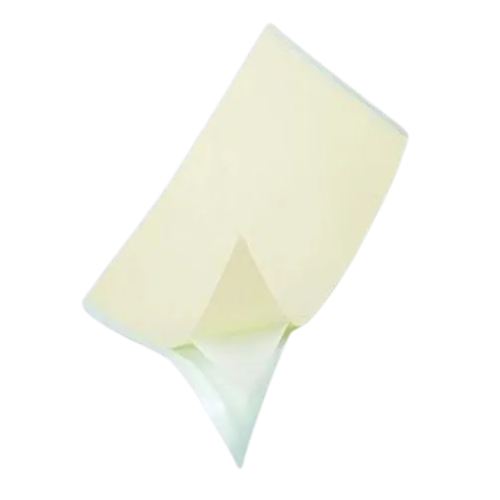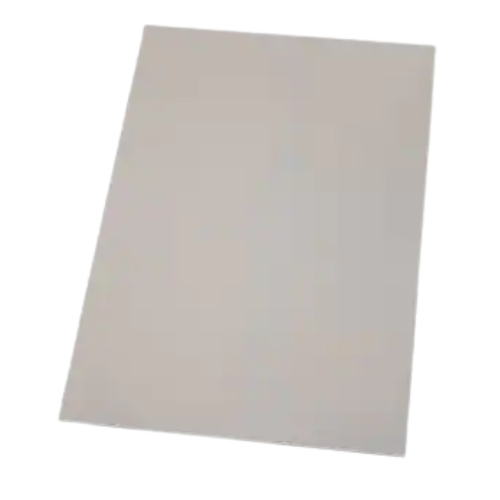To achieve the best performance and durability of electronic components, one needs to deal with heat dissipation in the electronics industry. Thermal pads are among the most efficient methods for managing temperature. These substances are created to fill the space between heat sinks and components that produce a lot of heat so that effective heat transfer can be achieved.
Best Offer Available
In this blog, we will discuss various kinds of thermal pads, their uses, and how they should be chosen for your device.
Appreciating Thermal Management Material
Temperature is an important aspect of electronic devices, and it should be controlled appropriately. Failure to do this may lead to reduced efficiency levels, shortened lifespans, or, even worse, damage to delicate parts. People opt for thermal conductive pads in many applications where simplicity counts most alongside effectiveness. Such items are usually composed of different substances, such as silicone rubber compounds mixed with metal oxides or ceramics, which have good thermal conductivity improvement properties.
What is a thermally conductive pad?
Thermal conductive pads are soft materials that can be compressed and used to separate heatsinks from heat-generating components.
They fit well because they easily fill up any air gaps created by uneven surfaces, thus making conduction more efficient than if there were none at all. Different thicknesses are available depending on the thermal conductivity required for different applications, making them suitable choices for use across wide ranges.
Types of Thermal Conductive Pads
- Silicone-Based Thermal Pads: This is the most commonly used type among all others in this category. Its flexibility allows for easy cutting into desired shape sizes without losing its ability as a good conductor when applied to rough surfaces.
- Ceramic-Based Thermal Pads: Compared to their silicon-based counterparts, ceramic-based ones have higher conductivities, making them better suited for areas where efficient dissipation is needed than anything else.
- Graphite Thermal Pads: These are good at conducting heat because they have excellent conductivity properties, which can be used in managing high-performance applications that need such an approach towards dealing with heat-related issues.
The Role of Thermal Conductive Adhesive Pads
Thermally conductive adhesive pads have both thermal conductivity and adhesive properties. They come in handy when mechanical fastening methods will not do due to various reasons, like space constraints or a lack of proper tools. In order to ensure a good bond between sinks or any other cooling solutions with components is created, these types of thermal pads should be used because they provide strong adhesion forces alongside efficient conduction paths.
Key Benefits of Thermal Conductive Adhesive Pads
- Ease of Application: Their application is easy since no additional adhesives or fasteners are required.
- Secure Bonding: In dynamic environments where the heatsink may move around, these pads ensure that they stay in place by providing strong adhesive bonds that hold everything together firmly. Thus, efficient heat transfer takes place continuously between two connected objects through them.
- Versatility: From small electronic devices to larger industrial equipment, different sizes can be used depending on what one wants to achieve within specific areas with varied needs, sizes, shapes, etc., thus showing just how versatile this type of pad really is.
Factors to Consider When Choosing Thermal Pads
To choose the best thermal pads for your device, you need to take into account several factors:
- Thermal Conductivity- Its primary responsibility is to remove the heat that does not require staying in a particular place to affect other processes.Therefore, its thermal conductivity should match those needed by an application; if there are higher power dissipation levels, then ceramic-based or graphite ones could work better since they are more effective at conducting thermals.
- Thickness and Compressibility- The thickness should be enough and thin enough not to impede heat transfer while filling the gap between the heat source and the sink. Also, compressible ones can better adapt to uneven surfaces, thereby providing good contact.
- Electrical protection- Sometimes, the thermal pad must provide electrical insulation. When this happens, selecting a pad with good electrical insulation and enhancing heat conduction is vital.
- Range of operating temperatures- The temperature range within which a device operates should not exceed what the thermal pad can sustain. This is crucial, mainly in applications that involve high temperatures.
- Adhesive properties- If an application needs strong attachment, thermal conductive adhesive pads should be used since they create firm bonds while facilitating efficient heat transfer.
- Strength and longevity- Even when exposed to unfavorable conditions such as high humidity or thermal cycling, the pad ought to be strong enough to last the lifetime of any device.
Applications for Thermal Pads
Different areas where thermal pads find their application include:
- Consumer Electronics: Smartphones, laptops, and gaming consoles, among others, use thermal conductive pads to cool down processors and other heat-generating components.
- LED Lighting: To keep LED lights bright and long-lasting, they must dissipate the heat they produce; hence, using adhesive tapes with thermal conductivity in LED assemblies is sometimes necessary.
- Automotive Electronics: Electric vehicles heavily rely on efficient operation by properly functioning different parts, like ECUs, which require good thermal management materials for performance optimization in all weather conditions.
- Power Electronics: Power supplies, inverters, and many other power systems usually require reliable performance even under extreme temperature conditions; therefore, they must be fitted with appropriate pads capable of effectively managing excess heat generation.
Conclusion
Selecting the right thermal pads is vital for keeping electronic parts at peak performance and enhancing their durability. By examining aspects such as thickness, adhesive qualities, and thermal conductivity among others, it becomes possible to determine which pad would work best in a given situation. Whether one opts for thermal conductive pads or thermal conductive adhesive ones, these materials are essential for effective heat transfer management. As innovation takes place across various industries so does the need for better ways of managing temperatures within devices which implies that choosing appropriate thermal interface materials has never been this crucial before.


